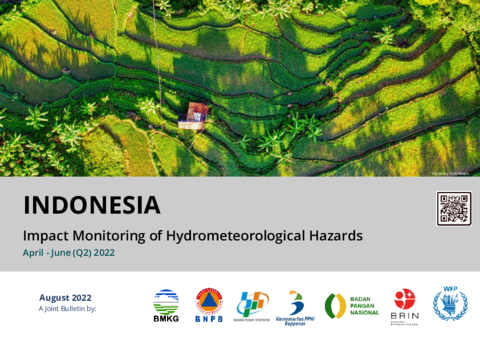
From April to June, due to the persisting La Niña phenomenon, rainfall across Indonesia was higher than the thirty-year long-term average. Most districts within the Sumatera, Jawa, Kalimantan, and Bali experienced an increase in rainfall. Extreme rainfall in several locations caused floods. This resulted in damaging chilli and shallot plants and disrupting production, leading to shortages of these commodities in local markets. Consequently, the prices of chilli and shallot soared starting on the third week of May. Nonetheless, food security in a majority of provinces was found to be stable during the observed period. For the coming months, the La Niña phenomenon is predicted to continue although with a weaker effect. Most areas across Indonesia are expected to experience increased rainfall above the thirty-year long-term average. However, at the same time, it is also predicted that there will be less precipitation in Sabu Raijua and Sumba Timur districts in Nusa Tenggara Timur and the northern part of Papua.
| Document | File |
|---|---|
| Buletin WFP - Pemantauan Dampak Bencana Hidrometeorologis April - Juni 2022 (Bahasa Indonesian) |
PDF | 4.9 MB
Download
|
